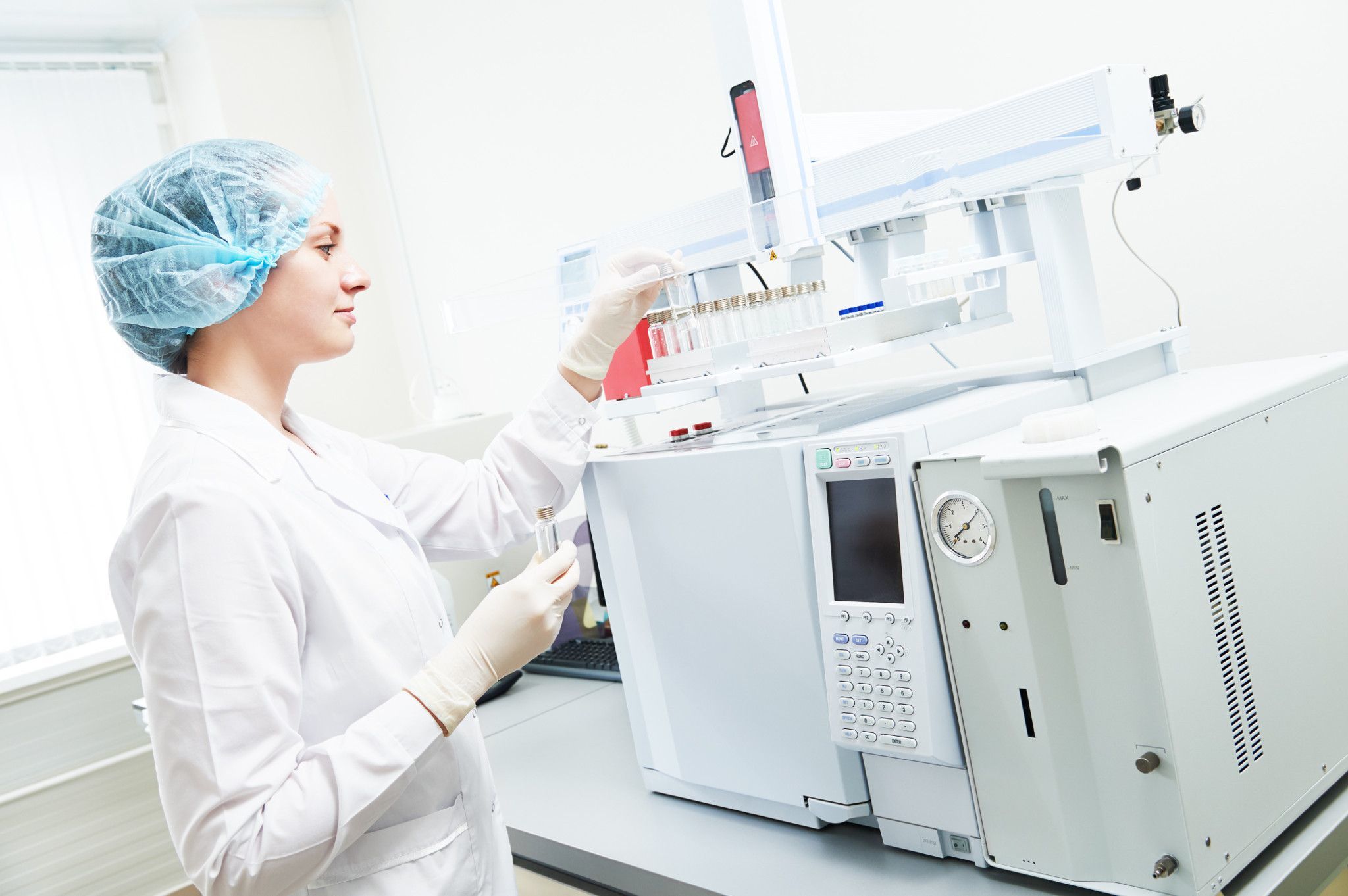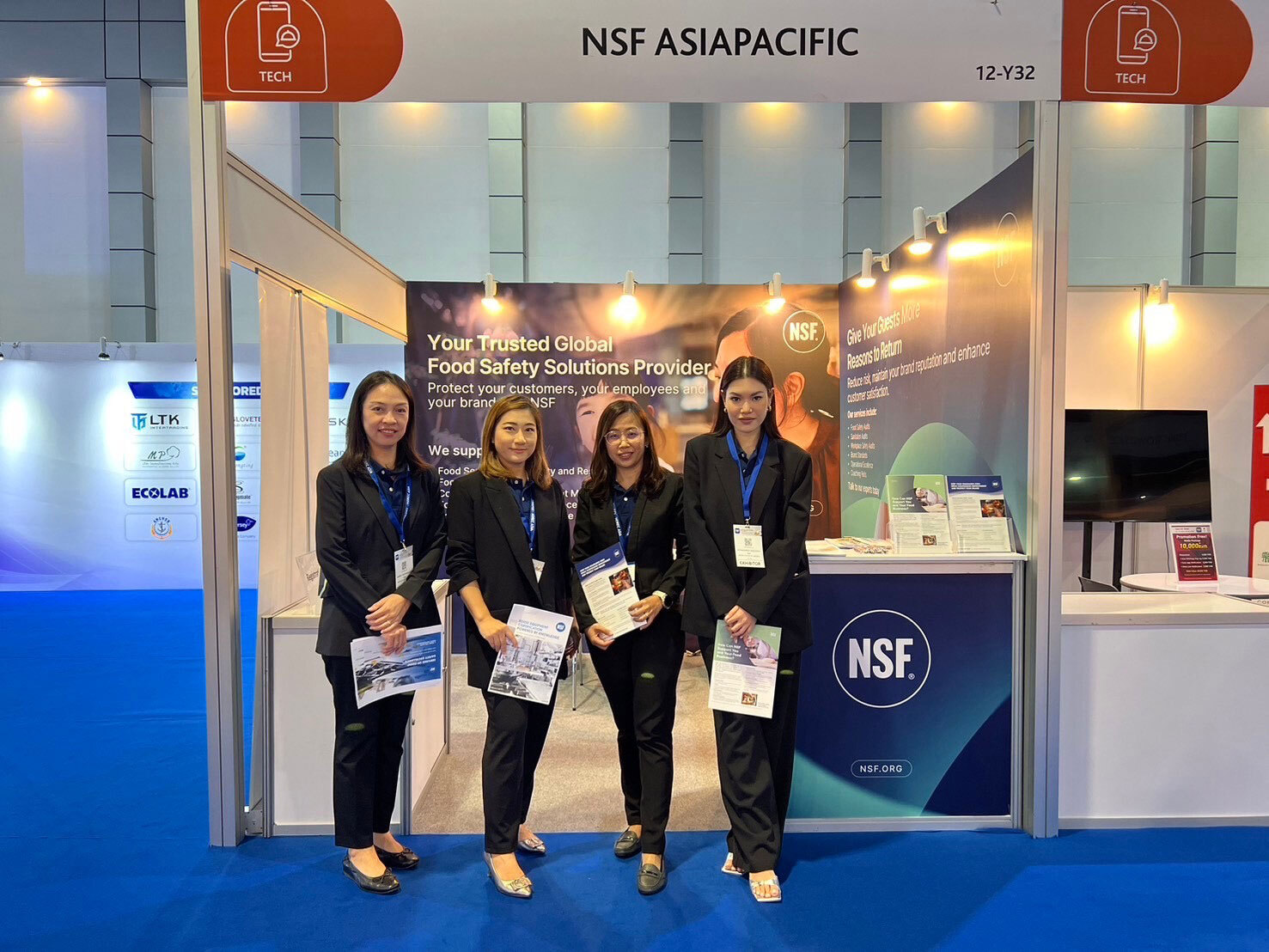Five Tips for Selecting a Drinking Water Testing Device

Clean, safe drinking water is a priority for the people in your service area. More frequent monitoring can help you ensure it. Here are some tips on how to choose a WQTD that will help you ensure a safe water system without breaking your budget.
Determine the Parameter or Parameters You Need To Measure
Don’t pay for more capability than you need. And avoid realizing too late that you really need to check for an additional parameter you hadn’t planned on.Decide How Accurate and Precise the Water Quality Sensor Needs To Be
Will it be used for screening? As guidance in optimizing treatment processes, improving distribution operations, or detecting contamination? To ensure compliance with a municipal authority or a regulatory agency? You may conclude that a less expensive sensor will fit your purpose or that a higher- end, more sensitive device is needed.Think About the Right Size and Configuration for Your Use
Will it be used directly in a water line, or handheld? If the WQTD will be installed, check the dimensions along with your available space, footprint, and access. Do you need results in real-time? If not, how long do you want to wait? Will you need to monitor and control the device remotely? (Devices that require a laboratory are not included in the protocol scope.)Look Into How Easy the Sensor Will Be To Use and Maintain
How much time will it take to learn how to use it? What kind of documentation is included? Is the user interface easy to understand? Are reagents required? Are replacement parts and service readily available if needed? Will frequent software updates be required? (You can search online for user experiences that can tell you more.)Look for the NSF 524 Mark
This shows that the water quality sensor is certified to NSF Protocol P524: Water Quality Testing Devices for Drinking Water. Protocol P524 verifies the accuracy and precision claims made by the manufacturer. With our independent, third-party verification, you can select the right WQTD with confidence it delivers the required accuracy and precision.
Ready To Begin the Process?
Contact us with questions or to receive a quote.
Water Quality Testing Device Certification
Water quality testing devices (WQTDs) are required to meet specific testing and certification requirements depending on their application/end use, the device type and the region where they are being sold.
Let us help you with the certifications that are required for and most beneficial to your WQTD product, which may include NSF Protocol P524, NSF/ANSI/CAN 61 and/or NSF/ANSI/CAN 50.
How NSF Can Help You
Get in touch to find out how we can help you and your business thrive.

What’s New with NSF

NSF Shanghai Named Critical Site for NSF/ANSI 455 and NSF/ANSI 173 by ANSI National Accreditation Board
July 26, 2024
NSF Takes Center Stage at NEHA Annual Education Conference
July 25, 2024
NSF Asia Pacific Showcases Hospitality Solutions at THAIFEX HOREC Asia 2024 in Bangkok, Thailand
July 4, 2024
